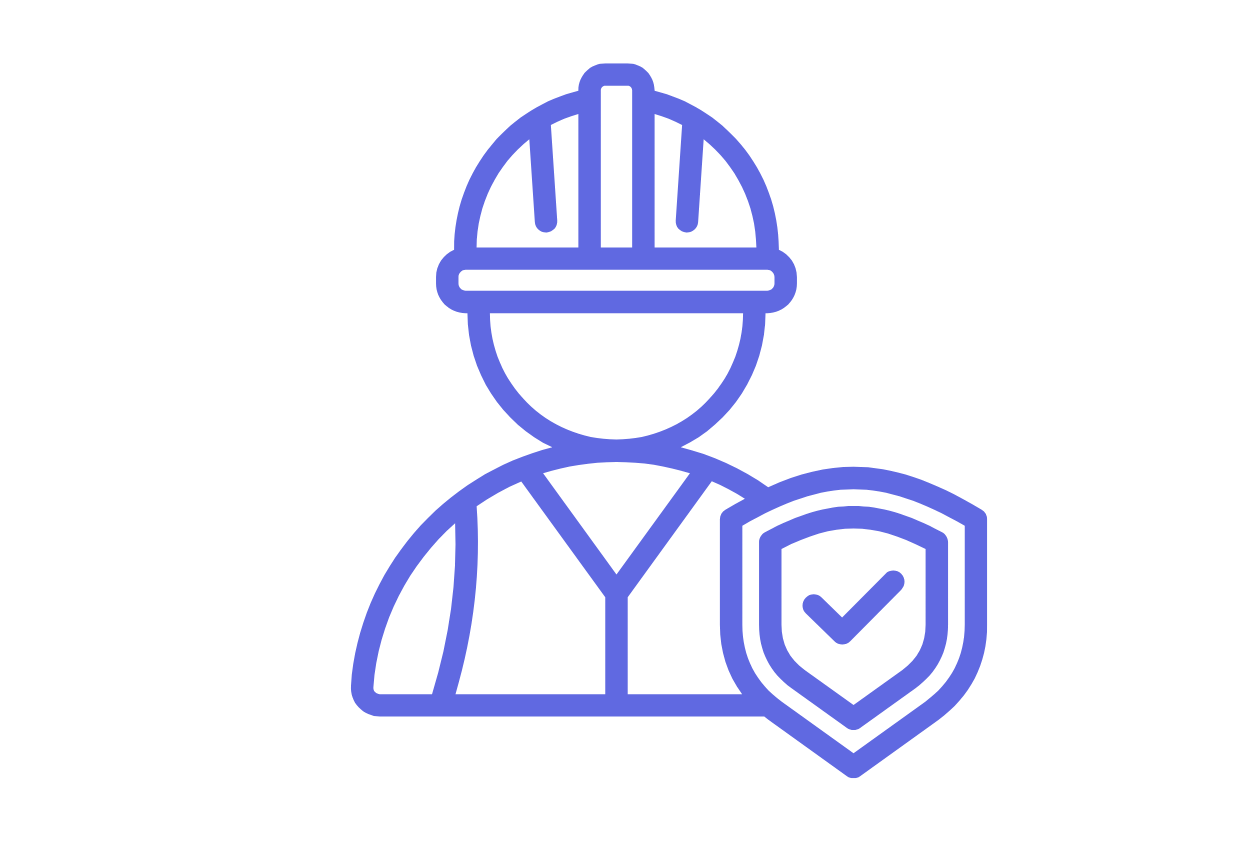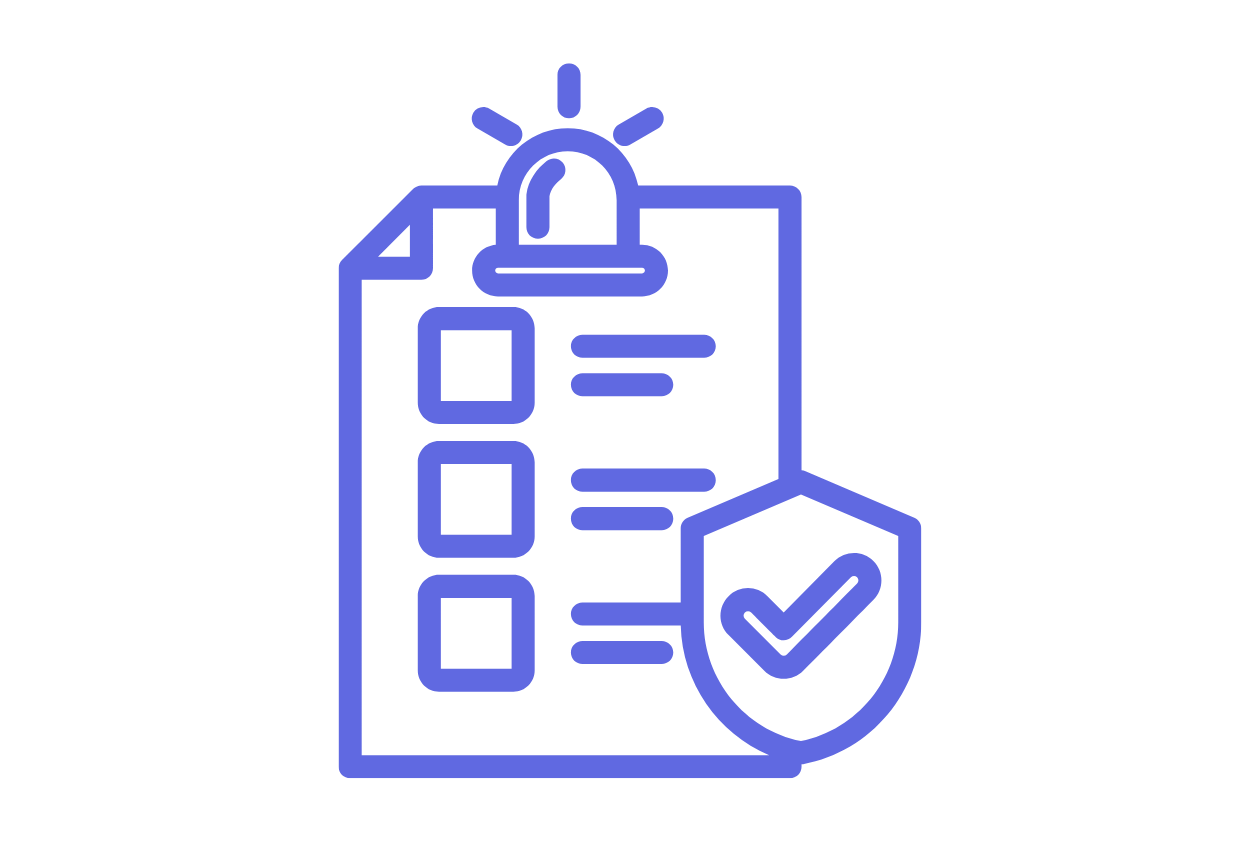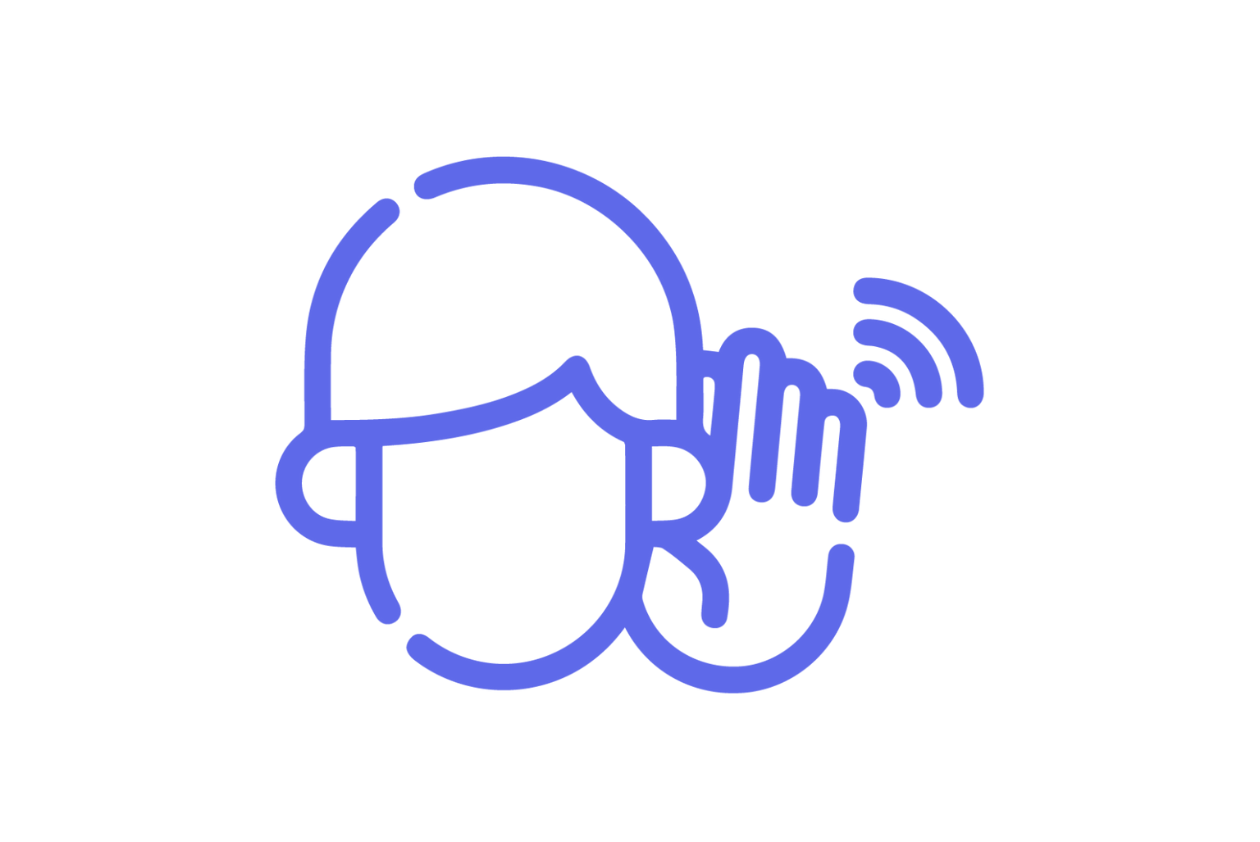Food Fraud: What if your product unintentionally contains banned substances?
A banned substance ends up in your product through a raw material. The consequences are widespread: various products must be recalled, consumers are worried, and the reputation of your company is on the line. Even when a mistake occurs elsewhere in the supply chain, as a food company you have the final responsibility for everything that is put on the market.
- How can you prepare your food company for food fraud?
- How should you respond when it does happen?
- What can you do to prevent it or detect it sooner?
A food company was unpleasantly surprised by an alarming notification of the food safety authorities: one of their products contained a banned substance. It was not only illegal, but also harmful to your health with long-term intake. The verdict left no room for discussion: the product had to be removed from the shelves immediately.
The company was shaken. Internal quality controls are sharp, the suppliers are carefully selected and the collaboration with most of them has run smoothly for many years. And still: the substance is in multiple products, spread across hundreds of store shelves. A recall is inevitable.
After thorough investigation, the problem was traced back to a supplier, who consciously chose to use a cheaper raw material. A classic example of food fraud. As a company, you cannot blame everything on the supplier, because you remain responsible for the quality of the entire supply chain. Food fraud cannot be completely ruled out, but you can prepare for it more effectively.
How do you prepare your company for a food fraud incident?
Tip #1: Safeguard quality across the supply chain
This incident shows how vulnerable food companies are. Food products often travel long distances, with a supply chain of parties that are not all under personal management. Still, the quality throughout the entire chain must be guaranteed, from farm to fork.
That is why it is crucial to know the chain inside and out. Make a detailed map with a vulnerability analysis in which you investigate which raw materials, suppliers or processes are vulnerable to fraud.
This analysis forms the basis of the Food Fraud Plan. This is a mandatory policy document that describes how to address the risks that are identified in the vulnerability analysis. Detection tools, such as supplier audits, hotlines, and internal control mechanisms are to be included in said plan. These tools could help detect problems sooner. In doing so, your company can prove that you are doing everything to guarantee quality and safety.
Moreover, the Food Fraud Plan is no static document. The risks must be re-evaluated on a regular basis. Certification schemes such like IFS Food 8 and BRCGS require companies to update their Food Fraud Plan every year.
Tip #2: Prepare your team for major recalls
Luckily, a major recall due to food fraud is rather rare, but when it does happen, your company must be prepared.
Clearly define the different roles in advance: who gathers the facts, who makes decisions, who communicates with consumers, the press, authorities …? Make sure your team knows what is expected of them, also under pressure.
Practice this through crisis simulations. Not only to comply with certification requirements, but also to refine your procedures and help your employees feel confident in their roles. A flawless plan on paper is good, but a team that is able to put it into action is even better.
Tip #3: Spread awareness about crisis scenarios
A proper preparation starts with crisis awareness. Companies that only focus on their own processes, often miss signals from outside the company.
Therefore, stay up-to-date and know what happens in the sector. Follow the news and relevant press, analyse incidents from other companies and learn from their mistakes. What happens over there could easily become your reality tomorrow.
Ensure that this awareness exists at all levels, from the shop floor to management. Monitoring risks and sector developments is not a detail, but an essential part of your crisis preparation.
Embed this structurally: discuss sector cases in team meetings, share relevant updates internally, and align your risk management accordingly. The sooner you detect risks, the better you can control them.
How can we help?
Already a member?
Prepare your team for a food fraud scenario with a simulation exercise.
Not a member yet?
Discover the world of crisis management and receive practical cases and tips from the food industry every month.
Interested in becoming a member?
We are ready to support you with all your crisis-related challenges. Our experienced team will guide you through every step of a crisis, from preparation to assistance and evaluation. As a member, you benefit from:
- A tailor-made program including training sessions, information briefings, and testing
- Guidance in drafting and evaluating your crisis procedures
- 24/7 advice and support during a crisis situation
- Access to our network of external experts (doctors, professors, victim support, call centers, etc.)
Contact us at contact@foodsecurity.com and discover what we can do for you.
Learning points

Change communication: without strategy, no support
A major restructuring at an international food company caused turmoil in the workplace. Hundreds of jobs were at risk, which deeply affected the employees. Barely a month later,...

How a missed incident report led to a major recall
A consumer finds a piece of plastic in one of your products. What at first presented as an isolated case, turned out to be a tell-tale sign for a bigger issue. Several people re...

How to keep calm when your company is targeted by an activist group
Recently, an imminent occupation by an activist group caused a stir at a major food company. After receiving a tip-off, the local police warned the company about the threat. In ...



